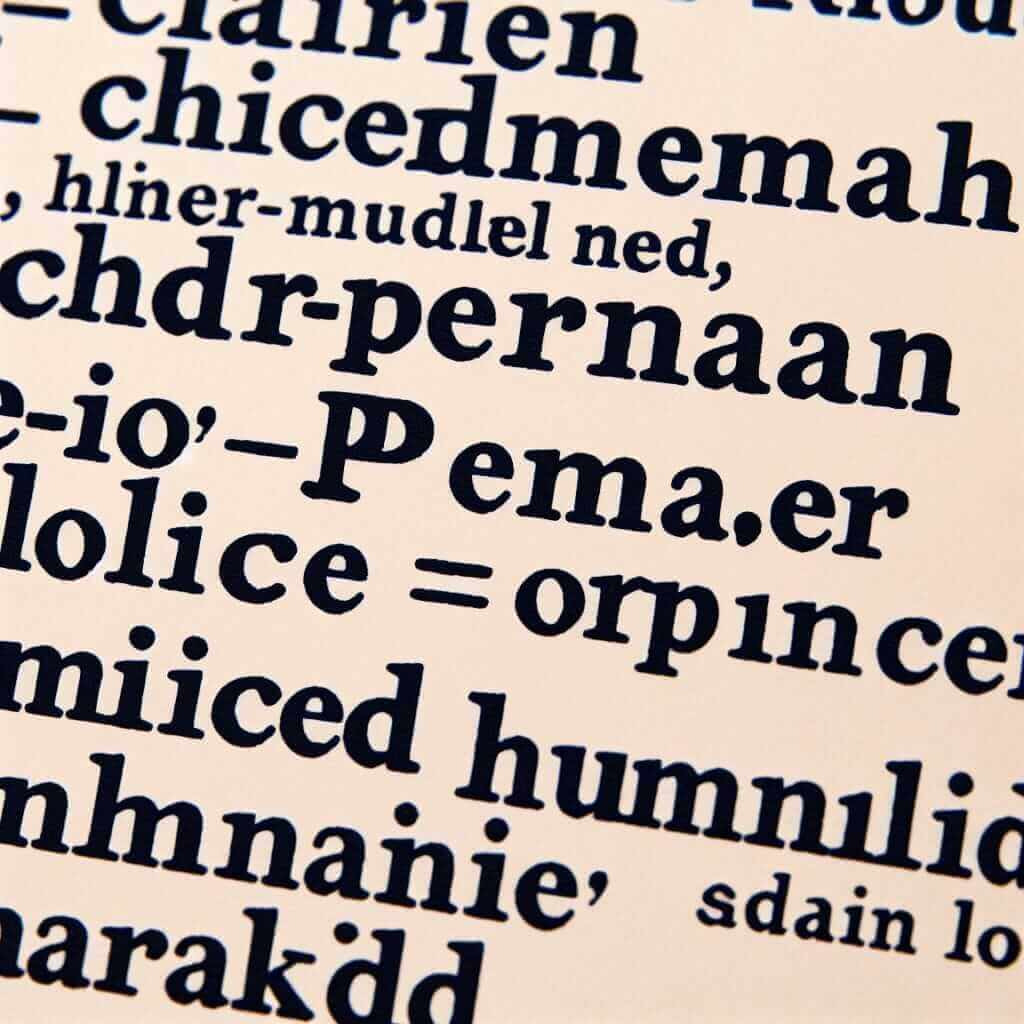Traffic congestion is a pressing issue in many cities worldwide, and the role of public transportation in mitigating this problem is a frequent topic in IELTS Writing Task 2. This article will delve into the significance of public transport in alleviating traffic congestion, providing you with the necessary tools to craft a compelling essay.
Nội dung bài viết
We will analyze a sample IELTS question and provide a model answer, along with vocabulary tips and grammatical structures commonly used when discussing this topic.
Sample IELTS Essay Questions
Here are some potential IELTS Writing Task 2 questions related to “The role of public transportation in reducing traffic congestion”:
- Many cities around the world suffer from traffic congestion. What are the causes of this problem, and what measures can be taken to solve it?
- Some people argue that expanding public transportation is the most effective way to reduce traffic congestion in cities. To what extent do you agree or disagree?
- Investing in public transportation is often seen as a solution to traffic problems in cities. However, others argue that this is too expensive and ineffective. Discuss both views and give your opinion.
Sample Essay Analysis
Let’s choose the second question to analyze and develop a model essay:
Some people argue that expanding public transportation is the most effective way to reduce traffic congestion in cities. To what extent do you agree or disagree?
This question requires you to present a clear stance on the effectiveness of public transport expansion in reducing traffic congestion. You should discuss both sides of the argument, providing supporting evidence and examples.
Model Essay
Traffic congestion has become a ubiquitous problem in urban areas, leading to longer commute times, increased pollution, and reduced productivity. While some advocate for expanding public transportation as the most effective solution, others remain skeptical. This essay will argue that while public transportation plays a crucial role in reducing traffic, it is not a singular solution and should be implemented alongside other measures.
Proponents of public transport expansion argue that a comprehensive network of affordable and accessible buses, trains, and subways can incentivize people to ditch their private vehicles. This, in turn, can significantly decrease the number of cars on the road, leading to smoother traffic flow. For instance, cities like Singapore and Copenhagen have witnessed a dramatic decrease in traffic congestion after investing heavily in efficient and convenient public transport systems.
 Modern Public Transport System
Modern Public Transport System
However, simply expanding public transportation without addressing other contributing factors may not yield the desired results. Firstly, the effectiveness of public transport hinges on its reliability, affordability, and convenience. If the system is plagued by delays, overcrowding, or inconvenient routes, people are less likely to choose it over the comfort of their cars. Secondly, tackling traffic congestion requires a multi-faceted approach that includes promoting alternative modes of transportation like cycling and walking, implementing congestion pricing schemes, and improving urban planning to reduce the need for travel.
In conclusion, while expanding public transportation is undoubtedly a crucial step towards reducing traffic congestion, it is not a panacea. A holistic approach that combines efficient public transport with other measures like promoting sustainable transportation options, managing traffic flow through intelligent systems, and fostering pedestrian-friendly urban design is essential for creating cleaner, greener, and less congested cities. (Word count: 285)
Writing Tips:
- Clear structure: Ensure your essay follows a clear structure with an introduction, body paragraphs, and a conclusion.
- Topic sentences: Begin each body paragraph with a clear topic sentence that outlines the main point of the paragraph.
- Supporting evidence: Provide relevant examples and evidence to support your arguments.
- Cohesive devices: Use cohesive devices like conjunctions (however, therefore, furthermore) and transition words (firstly, secondly, finally) to ensure a smooth flow of ideas.
- Formal language: Use formal language and avoid contractions or colloquialisms.
Vocabulary:
- Ubiquitous (adj.): /juːˈbɪkwɪtəs/ – being or seeming to be everywhere at the same time
- Mitigate (v.): /ˈmɪtɪɡeɪt/ – to make something less harmful, unpleasant, or bad
- Advocate (v.): /ˈæd.və.keɪt/ – to publicly support or suggest an idea, development, or way of doing something
- Comprehensive (adj.): /ˌkɒm.prɪˈhen.sɪv/ – complete and including everything that is necessary
- Incentivize (v.): /ɪnˈsen.tɪ.vaɪz/ – to make someone want to do something
- Hinge on (phrasal verb): to depend completely on something
This guide provides a comprehensive overview of how to approach an IELTS Writing Task 2 essay on the role of public transportation in reducing traffic congestion. Remember to practice writing essays on similar topics to enhance your skills and confidence.


